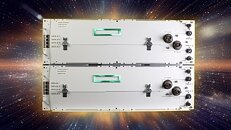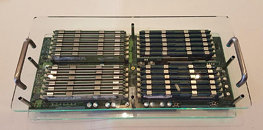
Linux Foundation Launches New TLA+ Organization
SAN FRANCISCO, April 21, 2023 -- The Linux Foundation, the nonprofit organization enabling mass innovation through open source, today announced the launch of the TLA+ Foundation to promote the adoption and development of the TLA+ programming language and its community of TLA+ practitioners. Inaugural members include Amazon Web Services (AWS), Oracle and Microsoft. TLA+ is a high-level language for modeling programs and systems, especially concurrent and distributed ones. TLA+ has been successfully used by companies to verify complex software systems, reducing errors and improving reliability. The language helps detect design flaws early in the development process, saving time and resources.
TLA+ and its tools are useful for eliminating fundamental design errors, which are hard to find and expensive to correct in code. The language is based on the idea that the best way to describe things precisely is with simple mathematics. The language was invented decades ago by the pioneering computer scientist Leslie Lamport, now a distinguished scientist with Microsoft Research. After years of Lamport's stewardship and Microsoft's support, TLA+ has found a new home at the Linux Foundation.
TLA+ and its tools are useful for eliminating fundamental design errors, which are hard to find and expensive to correct in code. The language is based on the idea that the best way to describe things precisely is with simple mathematics. The language was invented decades ago by the pioneering computer scientist Leslie Lamport, now a distinguished scientist with Microsoft Research. After years of Lamport's stewardship and Microsoft's support, TLA+ has found a new home at the Linux Foundation.







